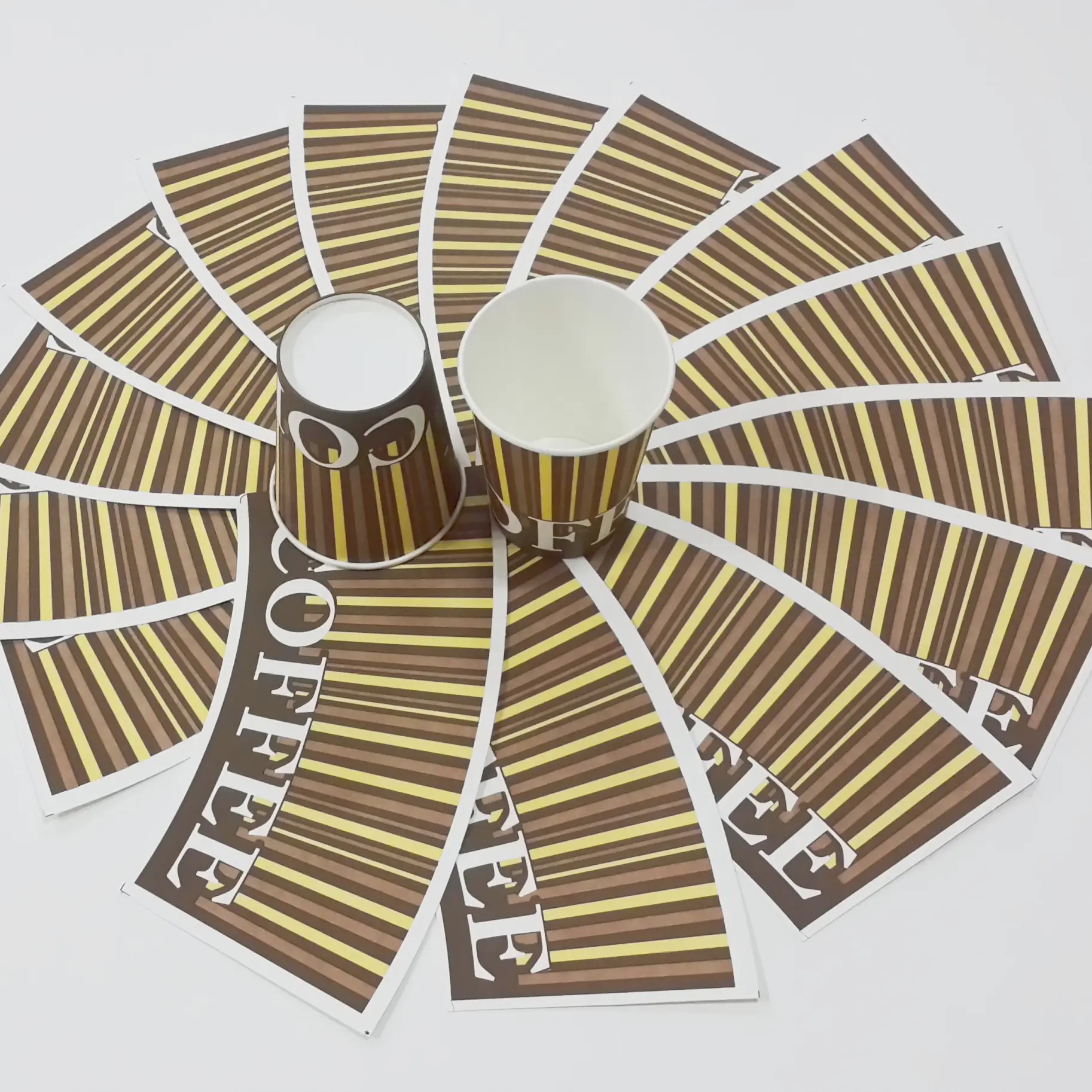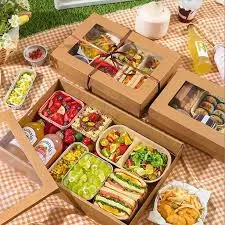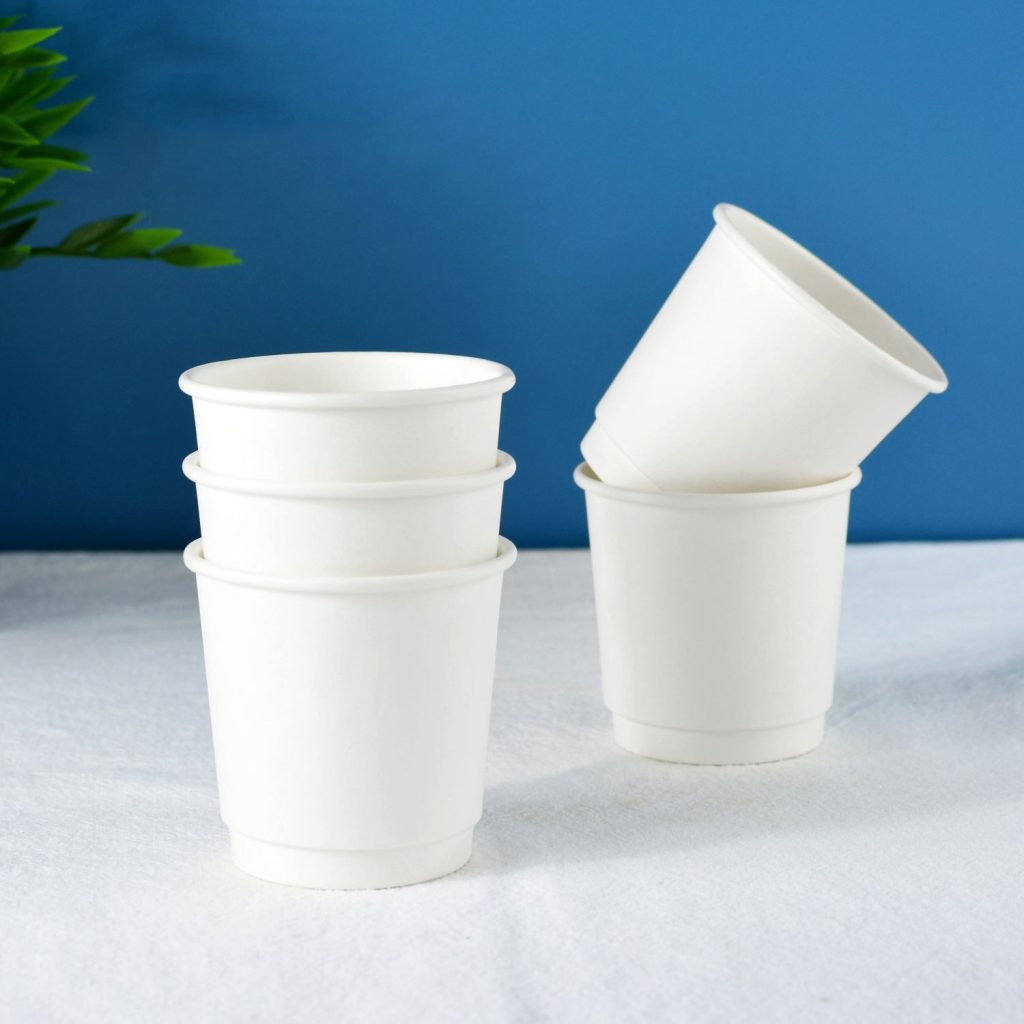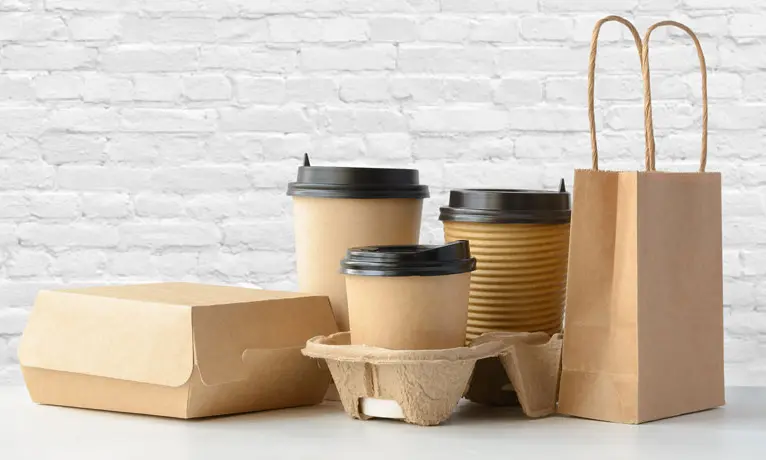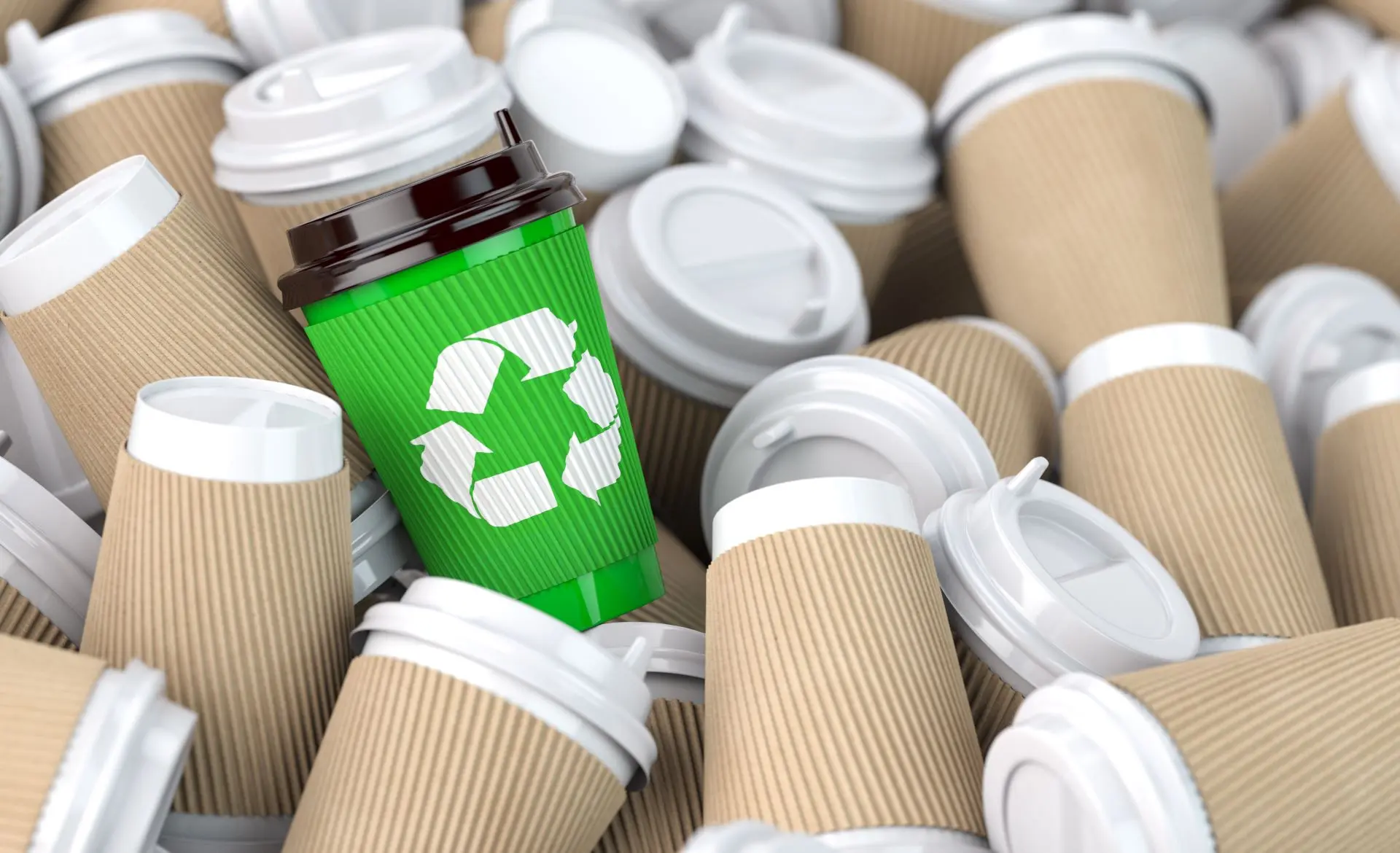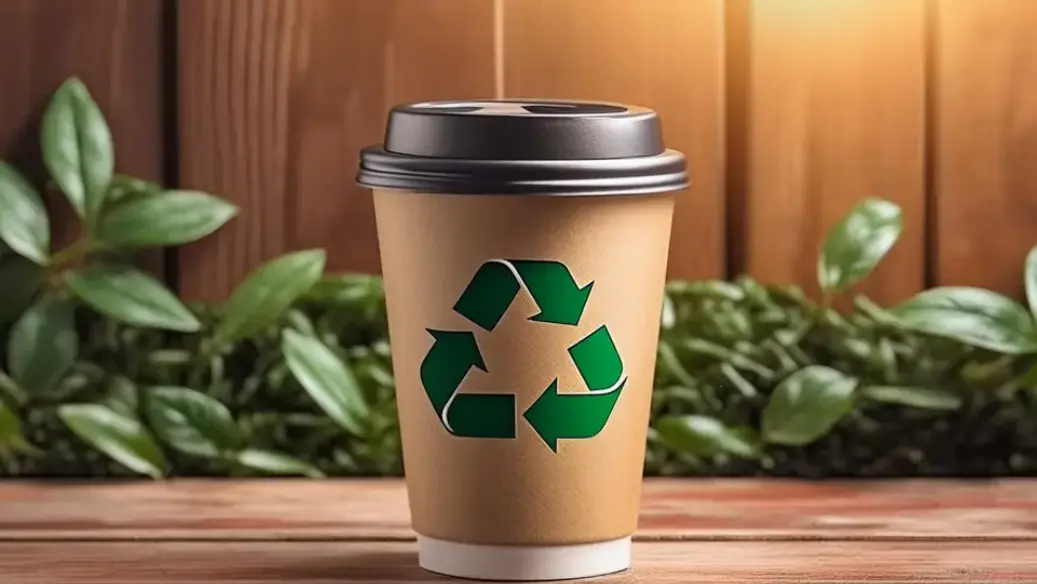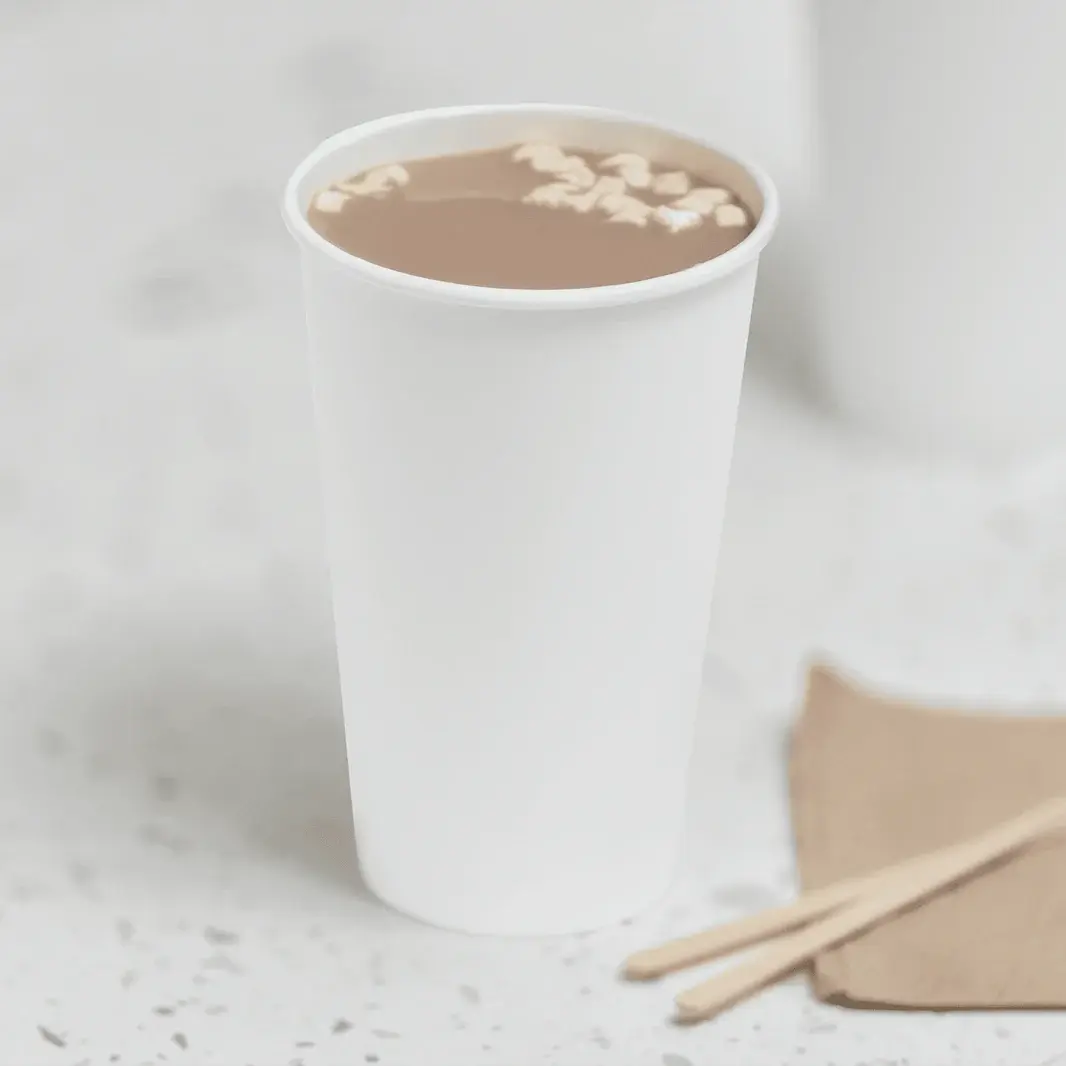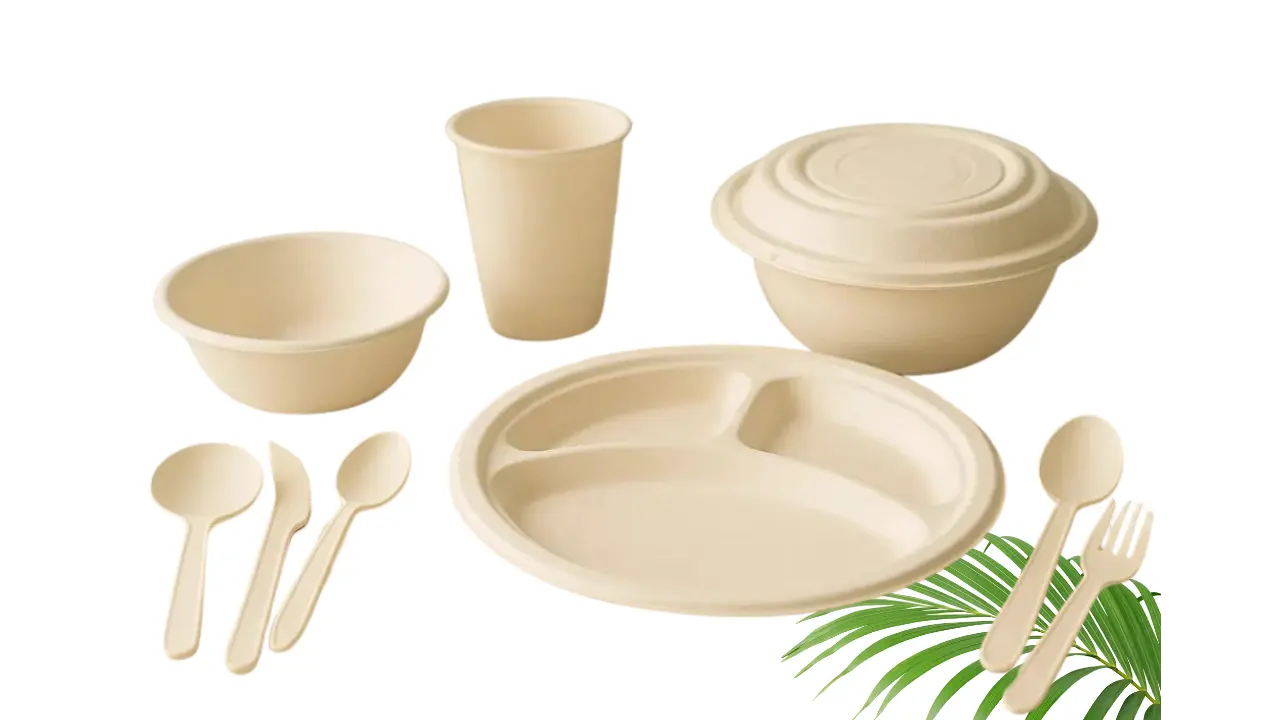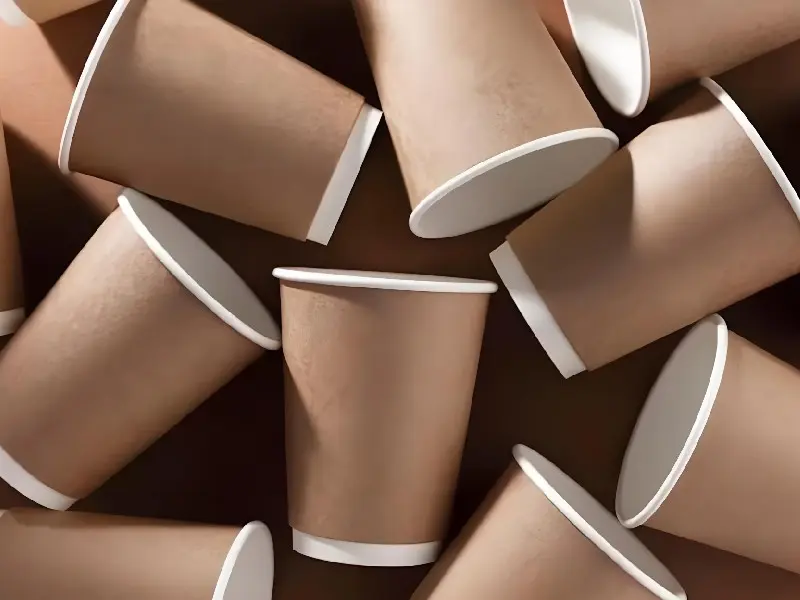Why Paper Bowls Are Ideal for Both Hot and Cold Foods
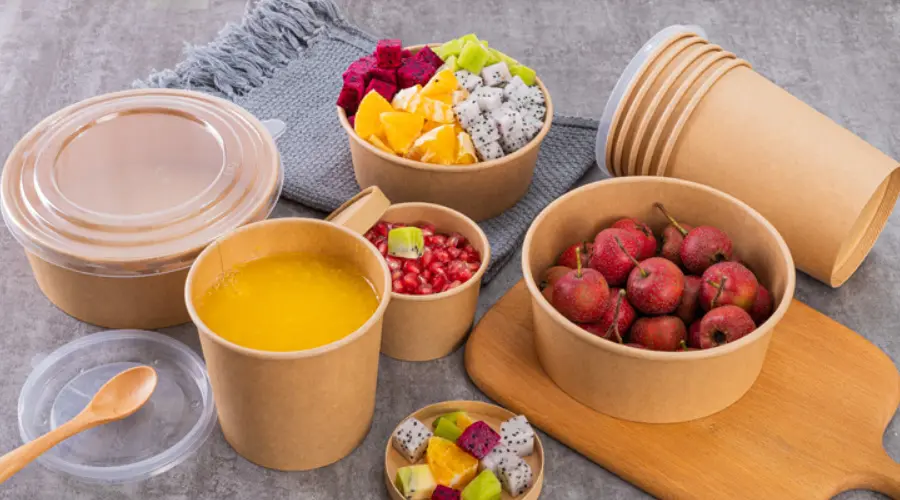
Paper bowls offer a unique solution for serving both hot and cold foods. Their design promotes safety and quality in various culinary applications. Additionally, the benefits of paper bowls extend to environmental considerations, making them an attractive option for eco-conscious consumers.
Key Takeaways
- Paper bowls are eco-friendly and compostable, making them a sustainable choice for serving food.
- They provide excellent insulation and heat resistance, ensuring hot foods stay warm without leaking.
- Paper bowls are versatile for both hot and cold foods, accommodating a wide range of dishes while enhancing customer satisfaction.
Types of Paper Bowls
Compostable Paper Bowls
Compostable paper bowls represent an eco-friendly choice for serving food. These bowls often contain materials like sugarcane bagasse, PLA bioplastics, and bamboo fiber. These materials break down efficiently in commercial composting facilities, typically within 90 to 180 days. This rapid decomposition makes them a sustainable option for environmentally conscious consumers.
| Material | Description |
|---|---|
| Sugarcane bagasse | A byproduct of sugarcane, renewable and sturdy. |
| PLA bioplastics | Derived from cornstarch, compostable in commercial facilities. |
| Bamboo fiber | Strong and temperature-resistant, made from renewable bamboo. |
Coated Paper Bowls
Coated paper bowls are designed to resist moisture and hold both hot and cold foods effectively. These bowls often feature a plastic or bioplastic lining that enhances their durability. However, this lining can complicate recycling efforts. Despite this, coated paper bowls remain popular due to their lightweight nature and customizable options.
| Type of Paper Bowl | Characteristics | Pros and Cons |
|---|---|---|
| Standard Paper | Coated for moisture resistance, holds hot or wet foods. | Pros: Inexpensive, lightweight, customizable. Cons: Non-compostable due to plastic lining. |
| Cupstock Paper | Designed for holding liquids, often lined with plastic or bioplastic. | Pros: Strong for hot liquids, can be compostable. Cons: Complicated recycling due to lining. |
Microwave-Safe Paper Bowls
Microwave-safe paper bowls provide convenience for reheating meals. These bowls meet specific standards, such as FDA regulations, which ensure they can withstand microwave temperatures without releasing harmful chemicals. Testing has shown that various types of microwave-safe bowls can handle temperatures up to 120 °C without leakage.
| Standard/Certification | Description |
|---|---|
| FDA | Permits microwave use of paperboard with food-grade coatings if labeled 'microwave safe.' |
| EU Regulation (EU No. 10/2011) | Restricts chemical migration from packaging into fatty foods at elevated temperatures. |
Benefits of Paper Bowls for Hot Foods

Insulation Properties
Paper bowls excel in insulation, making them ideal for serving hot foods. Their construction from heavy-duty materials, such as polypropylene and bagasse, provides excellent heat resistance. These materials withstand high temperatures without compromising their structural integrity. For instance, paper bowls can safely handle temperatures up to 220°F (104°C) in microwaves. This capability ensures that food remains warm during service, enhancing the dining experience.
Key Points:
- Disposable paper bowls maintain their form and prevent leaking.
- Materials like bagasse and bamboo resist heat and moisture effectively.
Heat Resistance
Heat resistance is a critical feature of paper bowls. Unlike plastic or foam bowls, which may degrade under high temperatures, paper bowls maintain their performance. The following table illustrates how paper bowls compare to plastic and foam options regarding heat resistance:
| Feature | Plastic Bowls | Paper Bowls | Foam Bowls |
|---|---|---|---|
| Heat Resistance | PP is microwave-safe; PET less so | Depends on coating | Good insulation but chemical concerns |
This comparison highlights that paper bowls offer a reliable option for hot food applications. They do not leach harmful chemicals, ensuring food safety.
Safety and Convenience
Safety and convenience are paramount when serving hot foods. Paper bowls provide several advantages for both consumers and food service providers. The following table outlines key features and their benefits:
| Feature | Benefit for Consumers and Providers |
|---|---|
| Lightweight | Easy to carry and transport, reducing strain during service. |
| Disposable | Eliminates the need for washing, saving time and resources. |
| Microwave-safe | Allows for reheating, enhancing convenience for consumers. |
| Leak-resistant design | Prevents spills during takeout and delivery, ensuring food integrity. |
| Insulation properties | Retains heat, improving the consumer experience. |
| Eco-friendly materials | Aligns with consumer preferences for sustainability. |
These features make paper bowls particularly suitable for takeout and delivery services. Their lightweight nature facilitates easy transport, while secure lids enhance usability for soups and salads. Overall, the benefits of paper bowls contribute to a safer and more convenient dining experience.
Benefits of Paper Bowls for Cold Foods
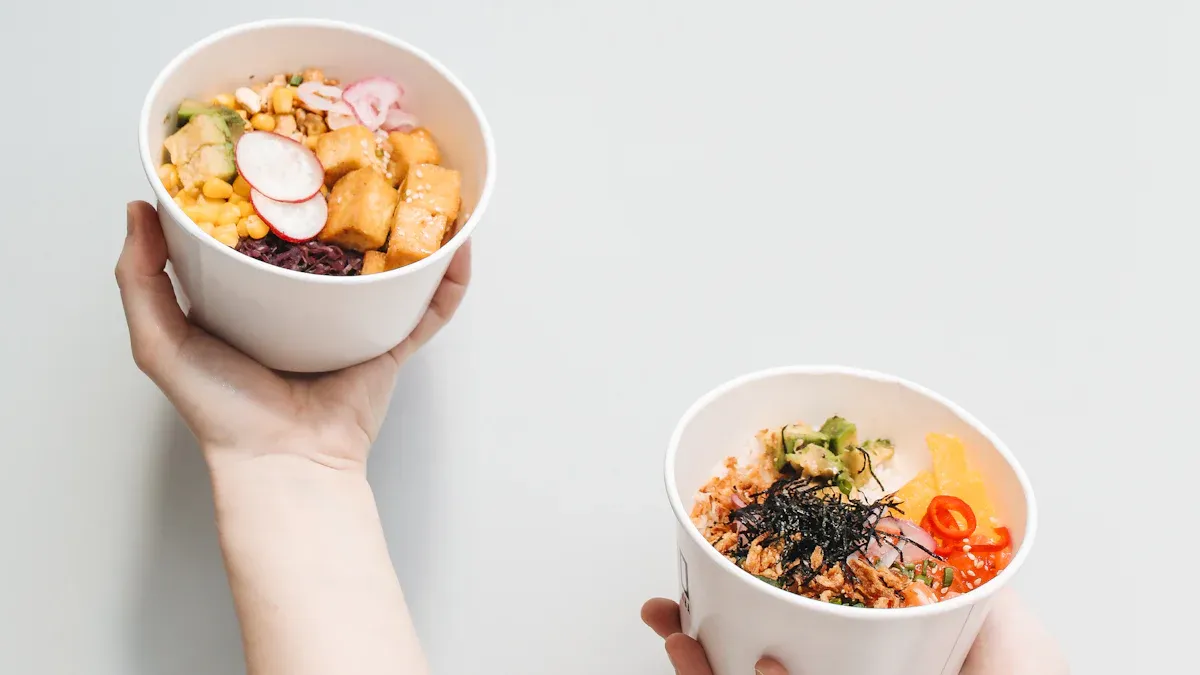
Moisture Resistance
Moisture resistance is a significant advantage of paper bowls when serving cold foods. Many paper bowls, such as those made by Bioleader, utilize premium kraft paper known for its strength and food safety. These bowls often feature a double PE coating that enhances their moisture and freezer resistance. This design effectively prevents salad dressings from soaking through the paperboard, ensuring that the food remains fresh and appealing.
- The bowls are made from 100% recyclable kraft paper.
- They are leak and grease resistant, which prevents contents from seeping through.
- The design includes ventilation points that help reduce condensation, preserving the quality of cold foods.
These features make paper bowls an excellent choice for serving items like salads, gelato, and frozen yogurt.
Versatility in Serving
Paper bowls offer remarkable versatility in serving various cold foods. Their lightweight and durable construction allows them to accommodate a wide range of dishes, from fruit salads to thick milkshakes. In commercial settings, establishments frequently use paper bowls for:
- Gelato and frozen yogurt
- Kulfi and Indian sweets
- Fruit salads
- Smoothie bowls
- Chilled custards or puddings
This versatility allows food service providers to present a diverse menu while maintaining a consistent and appealing dining experience. The adaptability of paper bowls enhances their utility in both casual and formal dining environments.
Aesthetic Appeal
The aesthetic appeal of paper bowls significantly influences customer satisfaction in food service. Their design offers various sizes, shapes, and customizable options, allowing businesses to create visually pleasing presentations.
| Feature | Benefit |
|---|---|
| Versatility in Design | Offers various sizes, shapes, and designs for visually pleasing presentation. |
| Customization Options | Ability to customize with logos or branding enhances appeal and identity. |
| Impact on Customer Satisfaction | Presentation significantly influences customer satisfaction in food service. |
Visually appealing designs elevate the unboxing experience, making a lasting impression on customers. Customizable branding options also create a strong brand identity, further enhancing the overall dining experience.
Performance Comparison
Paper Bowls vs. Plastic Bowls
When comparing paper bowls to plastic bowls, several performance metrics come into play. The following table highlights key differences:
| Metric | Paper Salad Bowls | Plastic Bowls |
|---|---|---|
| Leak Resistance | ✅ | ✅ |
| Structural Integrity | ✅ | ✅ |
| Heat Retention | ✅ | ❌ |
| Microwave Safe | ✅ | ✅ (PP only) |
Paper bowls often outperform plastic in heat retention, making them suitable for hot foods. They also offer compostability, a feature plastic bowls lack.
Environmental Impact:
- Plastic Bowls: They take hundreds of years to decompose and can leach harmful chemicals into the environment.
- Paper Bowls: Made from renewable resources, they decompose much faster and have a lower carbon footprint.
Paper Bowls vs. Styrofoam Bowls
Styrofoam bowls are lightweight and inexpensive, but they pose significant environmental challenges. The following table compares their costs:
| Product Description | Price (Bulk) | Price (Retail) |
|---|---|---|
| Dixie Ultra Pathways Heavyweight Paper Bowls 20oz | $184.37 | $120.03 |
| Dart Concorde Foam Plate 9 dia | $71.88 | $35.56 |
| Dart Non-Laminated Foam Dinnerware Bowl 6oz | $68.59 | $37.90 |
While Styrofoam bowls may appear cheaper, they are not biodegradable and contribute to long-term waste issues.
Cost-Effectiveness
Cost-effectiveness is crucial for food service businesses. The average cost per unit for paper bowls is competitive when compared to other disposable options. For instance:
| Bowl Type | Mini Size Price (USD/PCS) | Medium Size Price (USD/PCS) | Maxi Size Price (USD/PCS) |
|---|---|---|---|
| Paper salad bowl | 0.043 | 0.058 | 0.069 |
| Acai Paper Bowl | 0.0412 | 0.046 | 0.050 |
| Dart Non-Laminated Foam Dinnerware Bowl 6oz | 0.037 | 0.041 | 0.050 |
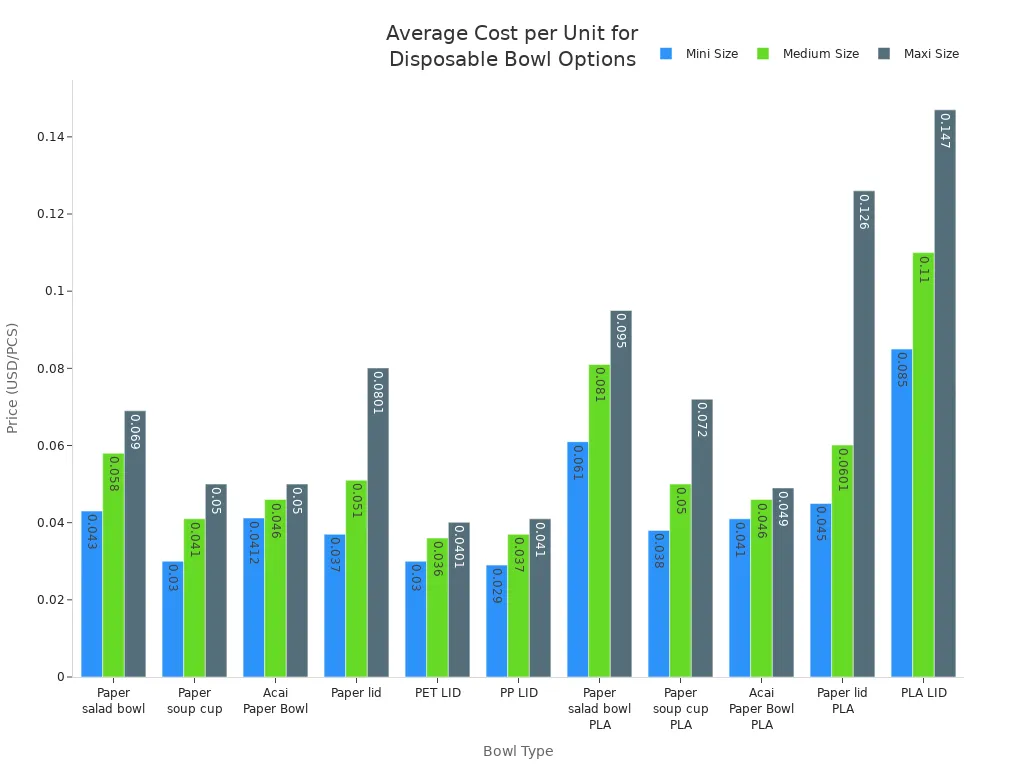
Expert Insights
Industry Trends
The food service industry is witnessing significant shifts towards sustainability and innovation. Key trends include:
- A growing focus on eco-friendly packaging solutions.
- Increased demand for biodegradable materials to reduce plastic waste.
- The expansion of the food service sector in emerging markets, creating new growth opportunities.
- Advancements in manufacturing technologies that enhance product quality and efficiency.
In North America, businesses are increasingly adopting paper bowls due to their environmental benefits. Quick-service restaurants (QSRs) and fast-food chains favor these bowls for their convenience and sustainability.
Consumer Preferences
Consumer surveys reveal strong preferences for paper bowls over other disposable options. The following factors drive this trend:
| Factor | Description |
|---|---|
| Environmental Sustainability | Consumers prioritize eco-friendly options in their disposable dinnerware choices. |
| Convenience | Paper bowls are favored for their ease of use, especially in settings like picnics and barbecues. |
| Hygiene | The demand for hygienic food storage solutions drives the preference for paper bowls. |
Over 60% of consumers express willingness to pay more for eco-friendly packaging. Brands that align with consumer values regarding environmental responsibility gain trust and loyalty, particularly among younger generations.
Environmental Impact Studies
Studies highlight the environmental advantages of using paper bowls. These bowls biodegrade within weeks to months, significantly reducing landfill pressure compared to plastic containers, which can take centuries to decompose. Additionally, paper bowls can be composted, enriching soil and promoting sustainable agricultural practices. Their production utilizes renewable resources, contrasting sharply with the finite nature of fossil fuels used in plastic production.
Research indicates that paper bowls generally have a lower carbon footprint than plastic or foam alternatives. This makes them a more sustainable choice for food service providers aiming to minimize their environmental impact.
Paper bowls serve as a practical choice for both hot and cold foods. Their exceptional features include heat retention, leak resistance, and versatility. For instance, kraft paper soup bowls deliver outstanding heat retention, while biodegradable sugarcane bowls offer true compostability.
- Biodegradable paper bowls reduce environmental impact by breaking down naturally.
- They enhance brand image by aligning with eco-conscious consumers' values.
- Choosing these bowls helps businesses comply with environmental regulations.
Embracing paper bowls promotes a more sustainable and enjoyable dining experience.
FAQ
What are the main benefits of using paper bowls?
Paper bowls offer insulation, moisture resistance, and eco-friendliness, making them suitable for both hot and cold foods.
Are paper bowls safe for microwaving?
Yes, many paper bowls are microwave-safe and can withstand high temperatures without releasing harmful chemicals.
How do paper bowls compare to plastic bowls in terms of sustainability?
Paper bowls decompose faster and are often compostable, while plastic bowls contribute to long-term environmental waste.

